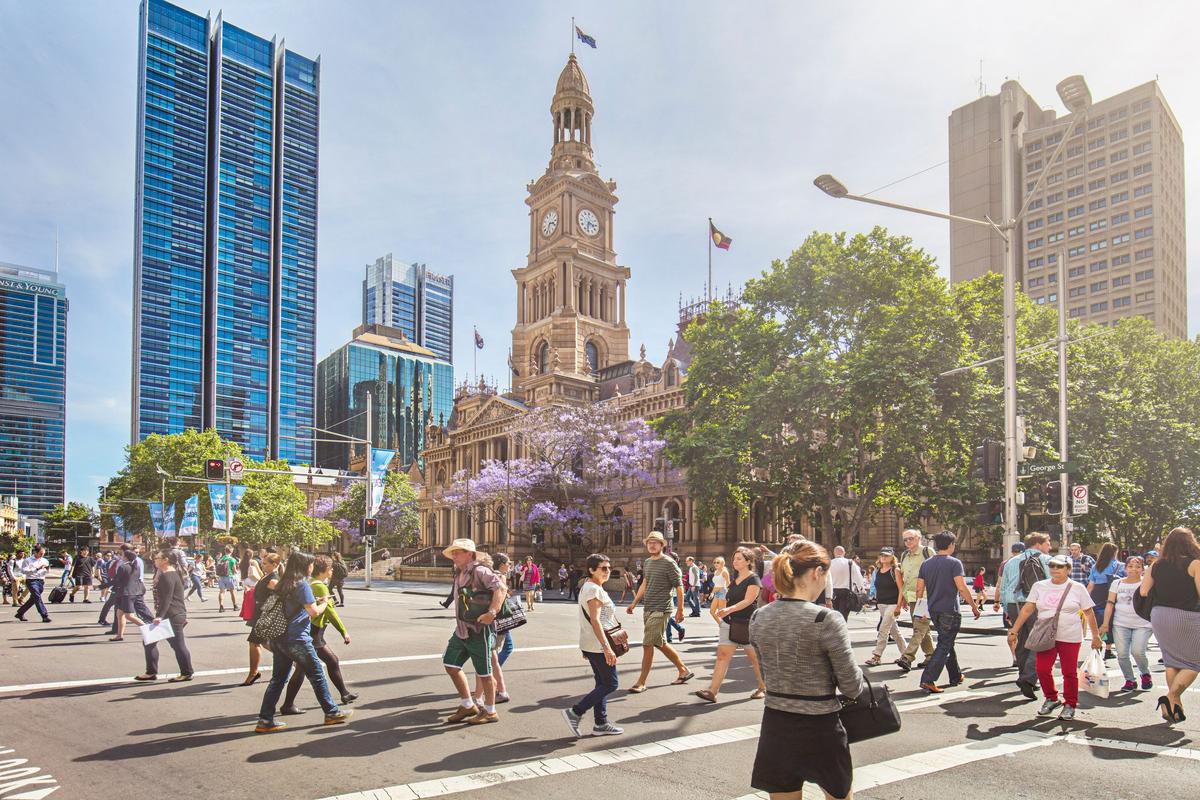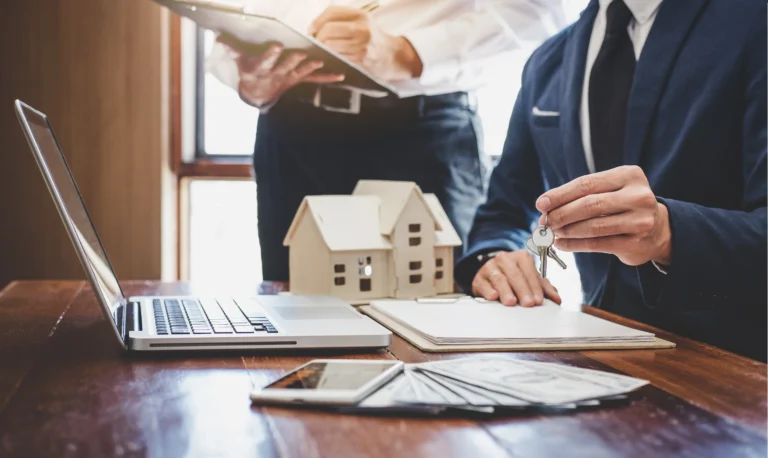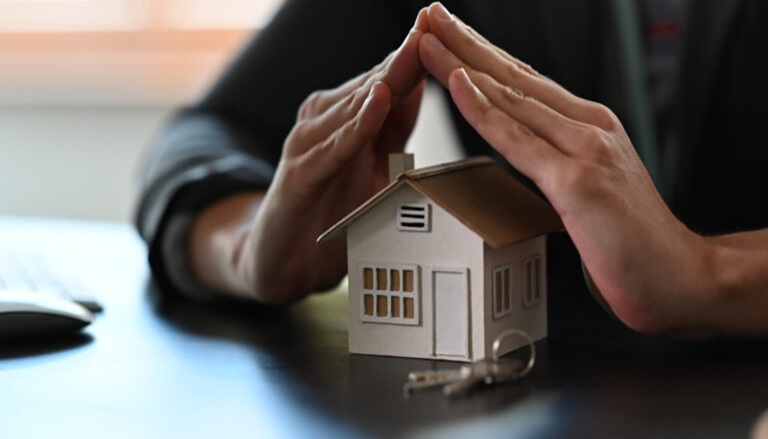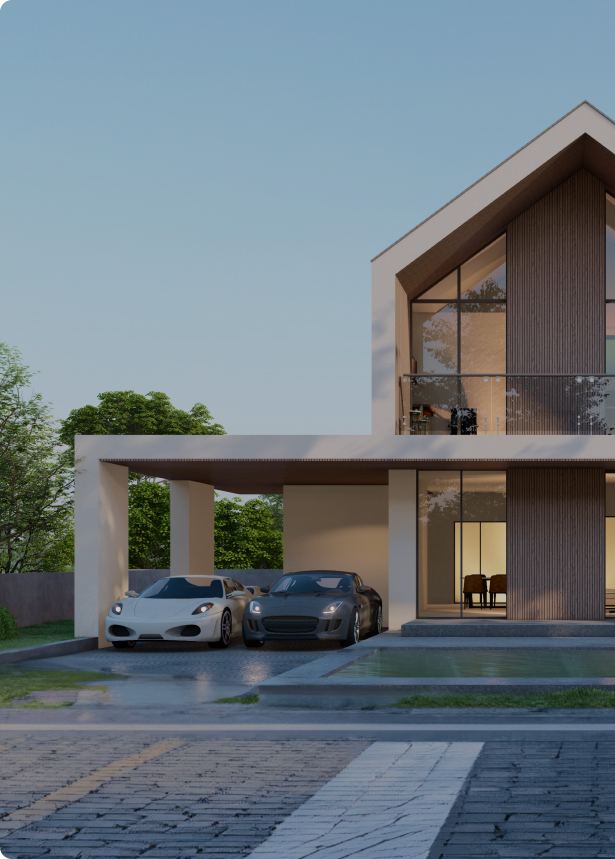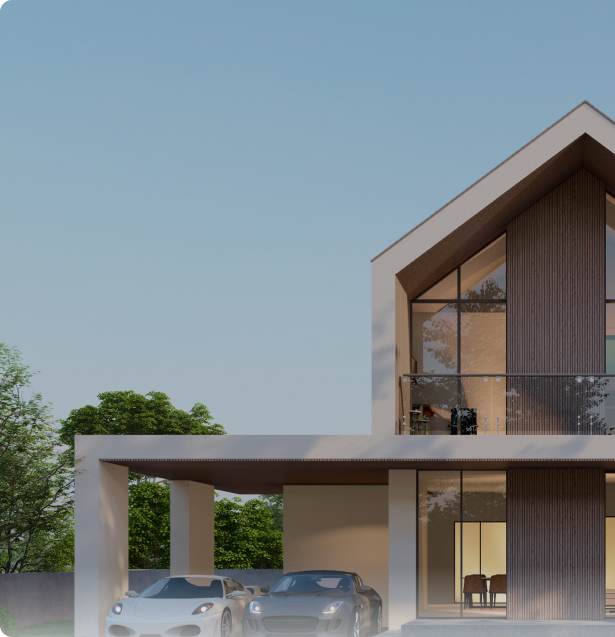- May 29, 2023
How does depreciation work?
If you follow the B.Invested philosophy of buying below market value with a strong cashflow, you probably don’t make investment decisions with tax benefits in mind. But knowing what you can claim at the end of the financial year can boost your value, especially if you have a multi-asset portfolio, like many of our Blink landlord clients.
Key tax deductions for investment properties include management fees, interest paid on the loan, insurance and repairs and maintenance. But one that people are less familiar with is depreciation. It’s a deduction that only needs to be calculated once and can then be deducted year after year.
Here’s what it is
Depreciation is a non-cash investment deduction that allows you to claim the costs of wear and tear on your property over the years. If you contact a quantity surveyor, they can prepare a depreciation schedule for your investment property. The upfront bonus is that the quantity surveyor’s fee is also fully tax deductible.
There are 2 types of depreciation that you might be able to claim.
Capital works:
If your property was built after 16 September, 1987, you can claim depreciation on the building’s construction costs. Generally, you can claim 2.5% of the construction costs per year for up to 40 years from the date it was built.
Likewise, if you carry out renovation works, you can claim those costs in the future too (though they are not fully deductible in the same year you pay for it but must be claimed in portions over several years).
Plant and equipment:
This depreciation covers fixtures, fittings and other parts of the building not associated with construction. Here, you can claim wear and tear on things like ovens, air conditioning, carpets, showers and cupboards.
It takes two (options) to tango
You have two options for the way you claim the depreciation tax breaks: either the prime cost method or the diminishing value method.
The prime cost option gives you the same annual deduction amount each year, while the diminishing value method gives you higher claims earlier in the asset’s life and lower claims later on. Both methods result in the same overall claim amounts, but one or the other may suit you better at different times.
The 2017 changes
In 2017, the federal government changed the rules on second-hand properties bought or settled after 10 May 2017, in order to steer investors towards newly-built stock.
Second hand properties purchased from that date on were no longer eligible for depreciation on previously used plant and equipment assets such as ovens and dishwashers.
The claims on the building and structure, however, remained the same. Investors who purchased brand new properties may still claim plant and equipment, plus building allowances.
Renovation rules?
Depreciation can be claimed on renovations of the property, provided the equipment used is brand new. If you purchase used equipment or materials, you won’t be able to claim.
Likewise, if you buy a renovated investment property from someone who has lived there since it was renovated, it becomes classified as ‘previously used’ and ineligible for depreciation.
Little differences can add up.
Say you buy a property with neutral cashflow; a $200,000 purchase that rents for $325 a week ($17,000 a year in rent). Assuming you are paying a $200,000 loan at 6% interest, that’s $12,000 a year in interest and, say, $5000 in council, water, strata and real estate agent fees.
After all that, it’s still neutral, so how can you turn that property into a positive cashflow asset?
Say it is 10 to 20 years old, there would be tax benefits there in the form of depreciation you can claim against the property and offset against your taxable income.
So, 2.5% of $200,000 equals $5000 a year that you can claim against your assessable income.
So, if you’re earning $100,000 a year at work, you’d pay tax on $95,000.
Ok, so that’s $5000 a year on that property to take it into positive gearing territory, but imagine you had 5 properties in the same boat, or even 10 neutral cashflow properties, and you’d actually be halving your tax bill and paying tax on $50,000 a year.
Speak to Blink Property
Let’s find your next
perfect property
Have questions or ready to take the next step? Whether you’re buying, selling, or just exploring options
Email Address
support@blinkproperty.comPhone Call
+0291801920Ready to make a move?
Contact us today to discuss your property needs and choose the right plan.
We’re here to guide you
through every step of the process.


